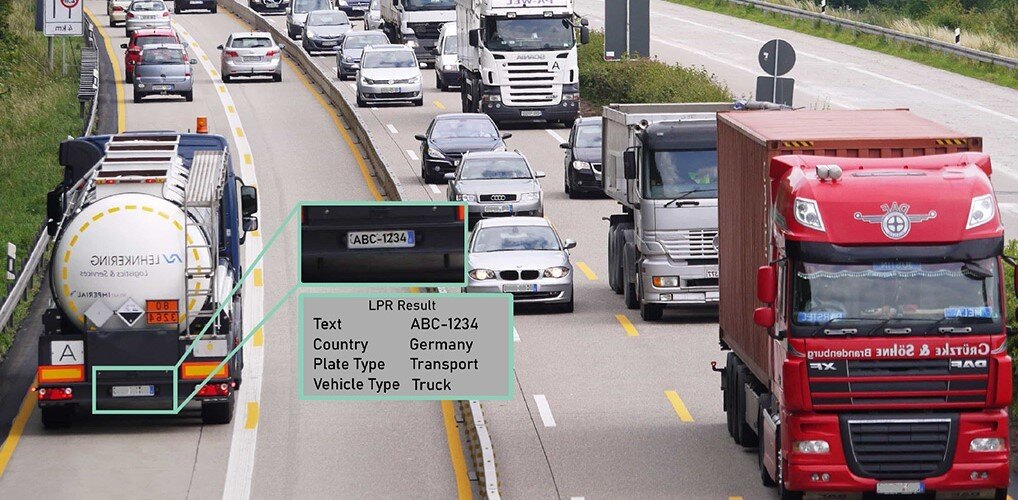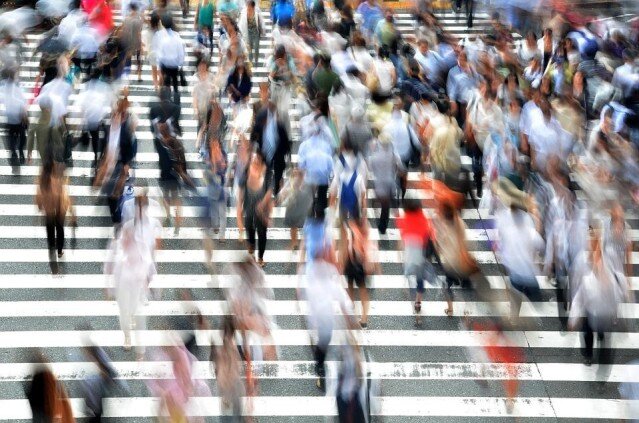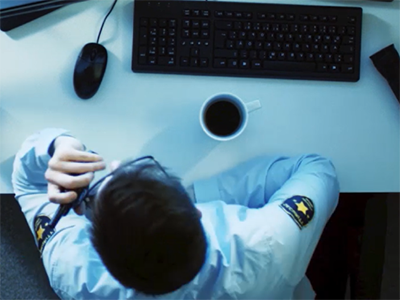Have you gotten a speeding ticket on the highway, although you were sure there were no radars in the area? Or, have you noticed how your phone floods with promotional texts as soon as you park at your favorite mall? If your answer is yes, chances are that your license plate has been captured and recognized by one of the hundreds of intelligent cameras deployed across cities and parking spaces. This has been made possible by License Plate Recognition (LPR) technology, a subset of computer vision science that the ever-growing artificial intelligence capabilities have recently revolutionized.
What is LPR, and how does it work?
Simply put, License Plate Recognition, also known as LPR or ANPR (Automatic Number Plate Recognition), is the ability to convert a video into images using the process of Optical Character Recognition (OCR) and feed those images into a computer algorithm. The algorithm, trained to identify a plate’s boundary, numbers, and letters, saves this data into a log and makes it visible via a dashboard. The incredible ability of this algorithm to adapt and build upon any changes to images, like varying lighting and weather conditions, is one of the unique AI traits. This trait makes LPR a versatile and necessary solution across cities and businesses in terms of both profitability and security.
Why are businesses and urban planners opting for LPR?
When it comes to security and strategic data management of communities, cities, and businesses, LPR proved to be a robust video analytics solution. The benefits of LPR are endless when integrated with other technologies like vehicle count, speed detection, and zone intrusion.
Traffic Management
The traffic sector is the number one beneficiary of LPR technology. Utilizing LPR modules on highways and street intersections saves costly traffic personnel deployment by automating traffic management. Identifying speeding cars expired registration certificates, and other road violations are done in real time and without human intervention. Live alerts of those violations are sent in seconds to security administrators, and the data is maintained in a searchable format for future reference and use.
Law Enforcement
Another advantage of using LPR in smart cities and high-security zones like airports, embassies, and ports is its ability to facilitate law enforcement. Used with other traffic surveillance solutions, LPR algorithms not only work on detecting mismatches between a license plate and car model (in the case of vehicle/ license plate theft) but also alert in real-time against cars on watchlists or against those making illegal border crossings. The time and money saved by automating these tasks by LPR make the technology a favorite for law enforcement authorities.
Marketing Tool
Businesses have their fair share of benefits when capitalizing on LPR. As with most video analytics solutions (such as those offered by VEER), valuable data is made available to decision-makers while maintaining the highest levels of surveillance security. VEER’s platform allows feed from cameras to be collected, organized, made visible, and searchable through a user-friendly dashboard. Insights can then be drawn from this data, such as visiting patterns of cars to malls, specific roads, etc. This information can be used to devise targeted visitor campaigns or introduce loyalty programs.
Smart Parking
Another value LPR technology adds to businesses is better customer experience when it comes to parking management. Malls, stadiums, and other parking spaces can benefit from automated ticketing systems that enhance their parking experience by cutting waiting time at parking exits and entrances. Businesses and sectors like banks and hotels also benefit from automated authorization of vehicle entry and exit to their premises when using LPR-based video solutions. For example, only employees or VIP guests can be granted access to specific parking spaces based on the car’s license plate.
Toll Booths & Checkpoints
The transportation sector worldwide is looking for solutions that reduce traffic congestion with minimal costs. LPR helps automate the workflow of toll booths connecting major highways, drastically cutting down the waiting time of cars. The technology also helps speed up security checks and traffic flow at checkpoints wherever a smart camera is deployed.
The Future of LPR
With growing cities and advancements in AI-related services, the LPR industry is set to grow by $5.8 billion by 2023, as reported in the most recent study conducted by Market Research Future. Despite the ever-changing features of license plates across the globe, the LPR technology is successfully adapting to these modifications while learning from its errors. If you want to learn more about how this technology can serve your business, you can visit our website at https://www.veertec.com/ and get in touch with us for a demo.




